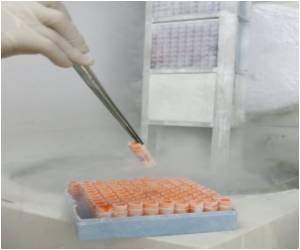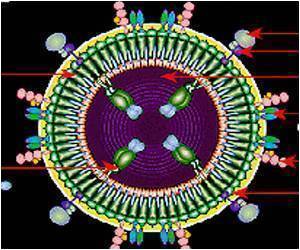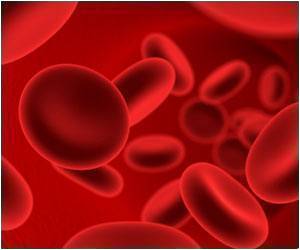
Bit by bit it laid bare a realm of microscopic warfare where the body's complex -- but also sometimes flawed -- defence fought in close-quarter combat against germs and viruses.
The 2011 Nobel Prize for Medicine was awarded to three scientists who have done more than anyone to lay bare the two-tier structure of the immune system.
They are Bruce Beutler of the United States, Jules Hoffmann, born in Luxembourg but a naturalised French citizen, and Ralph Steinman of Canada.
Working separately, they discovered key secrets in "innate" immunity, our first-line response to pathogens, and its dovetailing with the second-line defence known as "adaptive", or acquired, immunity.
Their achievements are central to vaccine development, which depends on priming the immune system to target pathogens, and to new treatments against cancer, a process in which tumorous cells proliferate unchecked.
Advertisement
In a case with few parallels in medical history, Steinman harnessed this knowledge to design an experimental drug to treat his own pancreatic cancer, Rockefeller University in New York said on Monday.
Advertisement
The immune system can be described as an intricate and dynamic network of millions upon millions of cells, each with their speciality.
Beutler and Hoffmann identified receptor proteins that trigger the molecular cascade which is the innate immune system.
This defence is a generalised call to arms, mustering platoons of immune cells to initiate inflammation, a chemical process that seeks to establish a physical barrier against penetration beyond the microbe's entry point.
The next line of defence, the innate system, is slower to respond but more adaptive.
It teaches immune cells through a process called antigen presentation to recognise and remember the specific intruder for future alerts.
Steinman's work found that so-called dentritic cells regulate the function of the body's natural "killer cells", called lymphocytes, including T-cells and B-cells.
Dendritic cells play a key role in the onset of several immune responses, including graft rejection, resistance to tumours, infections and autoimmune disease in which the body fights against itself.
In an example of the practical outcome of his work, the drug Etanercept is now widely used for the treatment of arthritis, Crohn's disease, psoriasis and other forms of inflammation.
Source-AFP










